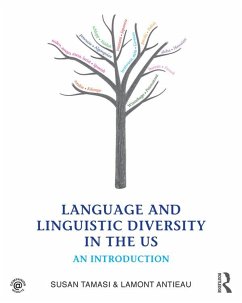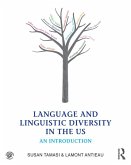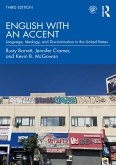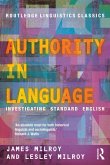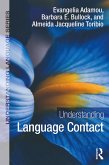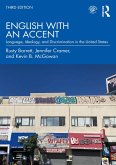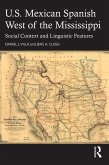These topics are presented in such a way that students can examine the inherent diversity of the communicative systems used in the United States as both a form of cultural enrichment and as the basis for socio-political conflict. The author team outlines the different viewpoints on contemporary issues surrounding language in the US and contextualizes these issues within linguistic facts, to help students think critically and formulate logical discussions. To provide opportunities for further examination and debate, chapters are organized around key misconceptions or questions ("I don't have an accent" or "Immigrants don't want to learn English"), bringing them to the forefront for readers to address directly.
Language and Linguistic Diversity in the US is a fresh and unique take on a widely taught topic. It is ideal for students from a variety of disciplines or with no prior knowledge of the field, and a useful text for introductory courses on language in the US, American English, language variation, language ideology, and sociolinguistics.
Dieser Download kann aus rechtlichen Gründen nur mit Rechnungsadresse in A, B, BG, CY, CZ, D, DK, EW, E, FIN, F, GR, HR, H, IRL, I, LT, L, LR, M, NL, PL, P, R, S, SLO, SK ausgeliefert werden.
-Jeff Good, University at Buffalo
"Language and Linguistic Diversity in the US is an engaging text that equips students to explore and explain the linguistic world around them. Tamasi and Antieau have created a text that is modern, informative, and entertaining while introducing students to the study of language variation. In this text, the authors lay an excellent foundation for students beginning study in sociolinguistics and provide the scaffolding for students to take their study further."
-Becky Childs, Coastal Carolina University
"Tamasi and Antieau's thorough text provides a fresh perspective on foundations in language variation, identity, and ideology. By centering the value of linguistic diversity and the rich histories of languages and dialects in the U.S., the authors give beginning students an accessible path through key ideas in sociolinguistics, and encourage further exploration through the numerous examples, discussion questions, and suggested activities that accompany each chapter."
-Anastasia Nylund, Georgetown University

